The Vitamin Content of Royal Jelly
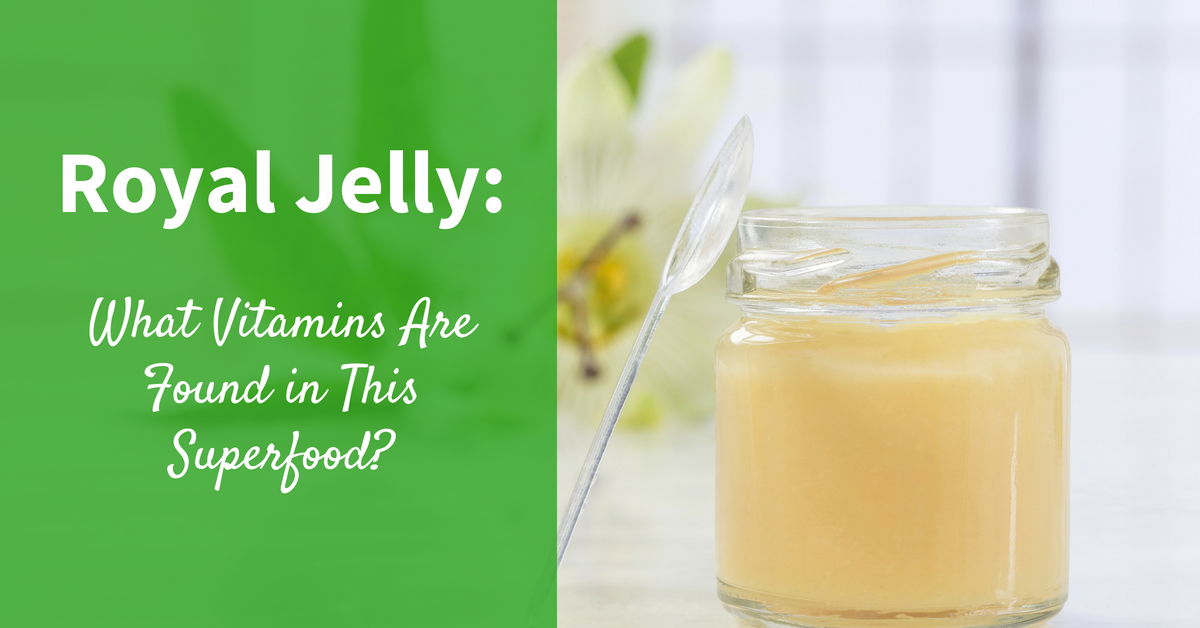
by Angela Van Alten, Nutritionist and Beekeeper's Daughter

Royal Jelly is a nutritional powerhouse. It contains vitamins A, all the B-vitamins, C, D and E. It is particularly high in the B vitamins including B1, B2, B3, B6, B12, biotin, folic acid, and inositol. It is also high in the B vitamin pantothenic acid, which is recognized for its ability to reduce stress levels and even reverse the graying of hair.
According to the United States Department of Agriculture, one gram of Royal Jelly contains the following amount of vitamins:
- Vitamin B1 - 1.5 to 7.4 mcg
- Vitamin B2 - 5.3 to 10 mcg
- Vitamin B3 - 91 to 149 mcg
- Vitamin B5 - 65 to 200 mcg
- Vitamin B6 - 2.2 to 10.2 mcg
- Biotin - 0.9 to 3.7 mcg
- Inositol - 78 to 150 mcg
- Folic Acid - 0.16 to 0.5 mcg
- Vitamin C - trace amounts
It is very important to remember that the vitamin amounts listed above for royal jelly are not 'standardized.' Many factors can affect the vitamin and mineral levels of a particular batch of royal jelly meaning each batch likely contains differing amounts. Royal jelly is not a multivitamin made in a lab to exact specifications. No one batch is guaranteed to contain the same amount of any particular vitamin or mineral. The levels listed above are a range based on averages.
Royal Jelly Vitamins and Other Compounds
Not only is Royal Jelly a vitamin powerhouse, but it contains a treasury of other vital compounds. Royal jelly consists of water (50%–60%), proteins (18%), carbohydrates (15%), lipids (3%–6%), mineral salts (1.5%), and vitamins.
With its naturally high protein content, royal jelly contains 17 amino acids including the 8 essential that the human body cannot manufacture and must get from the diet.
Based on analysis done using modern technology, approximately 185 organic compounds have been detected in royal jelly. Royalactin is the most important protein present in royal jelly. In addition, royal jelly is composed of a significant number of bioactive compounds, including 10-hydroxy-2-decenoic acid, commonly referred to as 10-HDA. 10-HDA has some immunomodulatory properties. Fatty acid, proteins, adenosine monophosphate (AMP) N1 oxide, adenosine, acetylcholine, polyphenols, and hormones such as testosterone, progesterone, prolactin, and estradiol are other useful bioactive components are present in royal jelly.
It also supplies these minerals:
- calcium
- copper
- iron
- phosphorous
- potassium
- silicon
- sulfur
Natural hormones, essential sugars, nucleic acids, vegetable gelatin, gamma globulin and other fascinating nutrients are also found in royal jelly. In fact, nearly 3% of the substances in royal jelly have been pronounced "unidentifiable" by modern day scientists.
How Can I Consume Royal Jelly?
Royal Jelly is quite a popular food and nutritional supplement today as word has spread of how effective it is for many health conditions. It can be found for sale in several different ways:
1) Fresh Frozen: (this is the most natural form available and how I recommend most people take it)
In this form, royal jelly has not been dried or processed in any way and has been handled minimally, preserving the vitality of the product.
2) Powdered Concentrate: modern drying technology using cold processes allows fresh royal jelly to be dried and concentrated in a powder form. Testing has shown the powder to maintain the vitality and integrity of fresh royal jelly. Powder is significantly more shelf stable than fresh royal jelly and is ideal for longer term storage or for those who do not have access to cold storage.
3) Capsules: capsules are a convenient form of royal jelly and typically contain freeze dried powder.
References:
Nagai T., Inoue R. Preparation and the functional properties of water extract and alkaline extract of royal jelly. Food Chemistry. 2004;84(2):181–186. doi: 10.1016/S0308-8146(03)00198-5
Sugiyama T., Takahashi K., Mori H. Royal jelly acid, 10-hydroxy-trans-2-decenoic acid, as a modulator of the innate immune responses. Endocrine, Metabolic & Immune Disorders-Drug Targets. 2012;12(4):368–376. doi: 10.2174/187153012803832530.
Ramadan M. F., Al-Ghamdi A. Bioactive compounds and health-promoting properties of royal jelly: a review. Journal of Functional Foods. 2012;4(1):39–52. doi: 10.1016/j.jff.2011.12.007
|
|
|
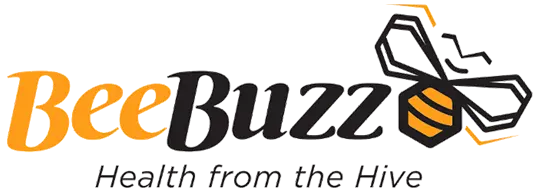


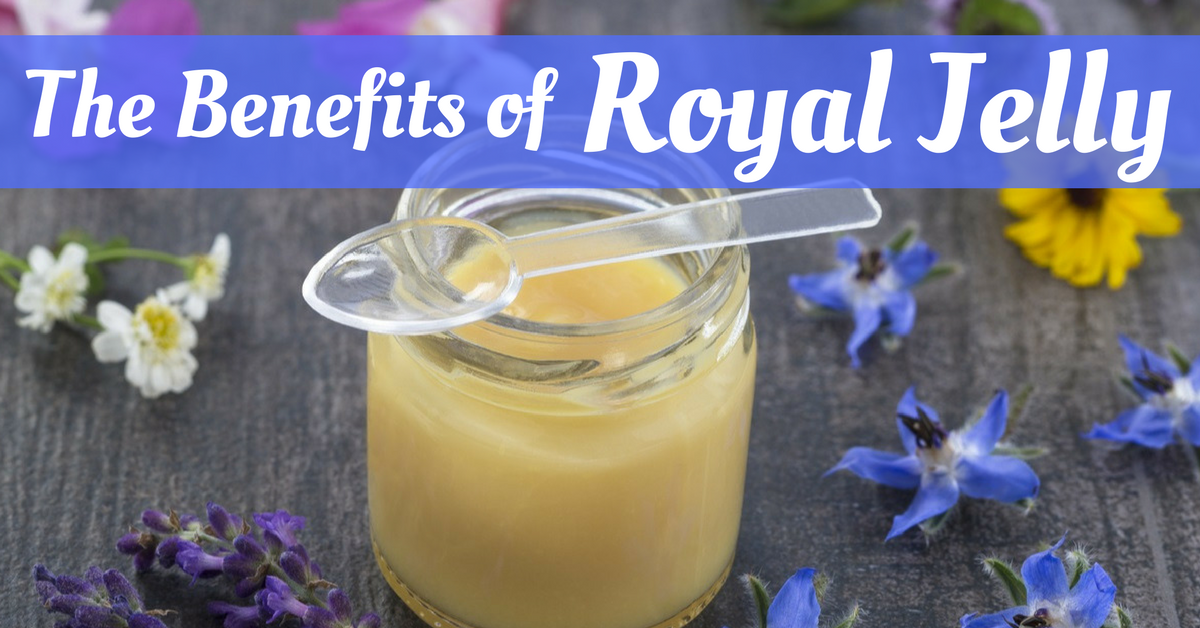
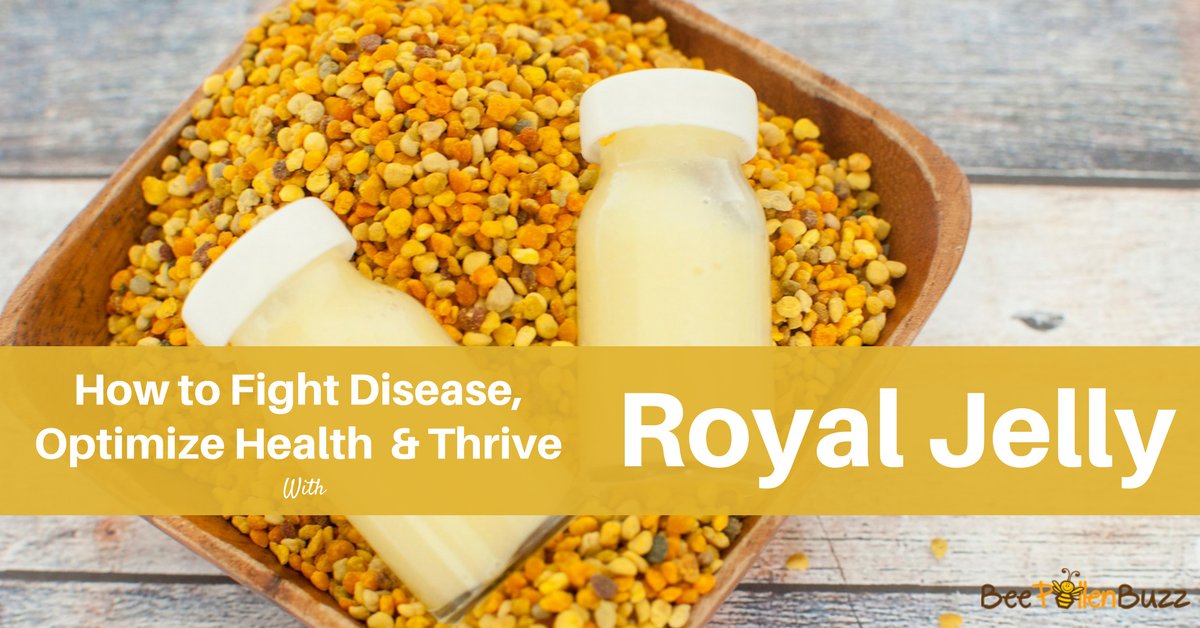
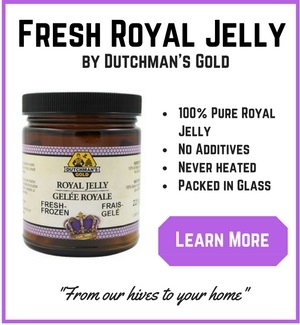
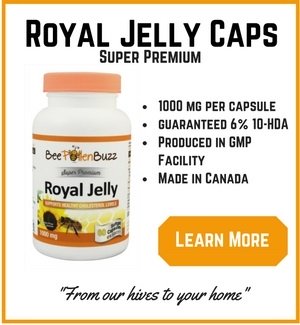
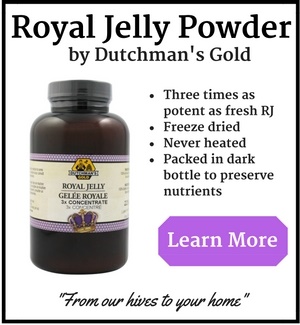





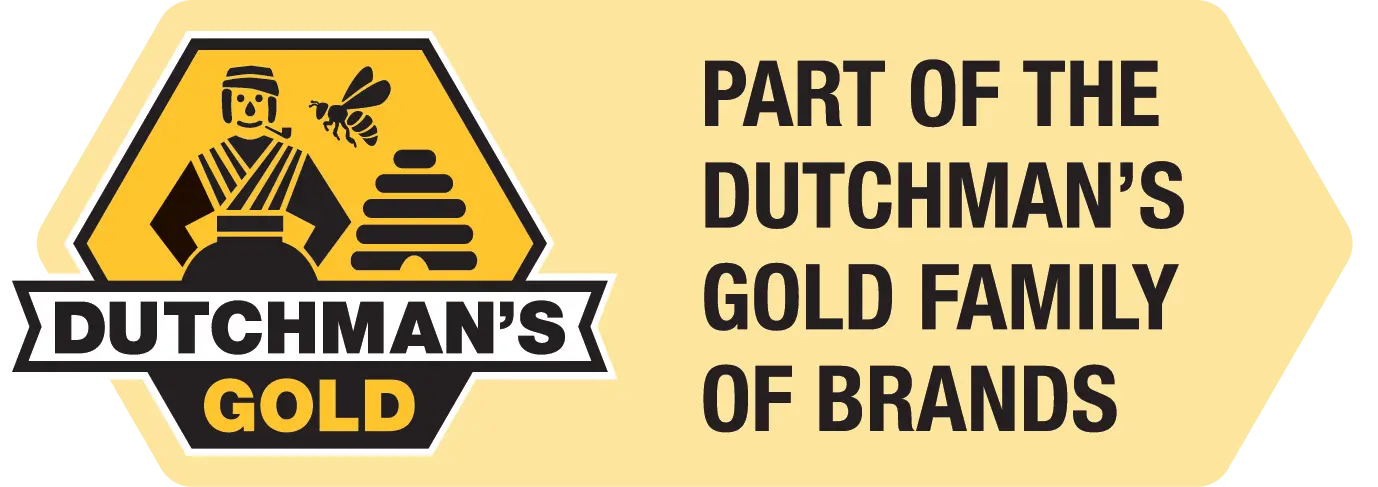
New! Comments
Do you have something to say about what you just read! Leave me a comment in the box below. I'd love to hear from you!